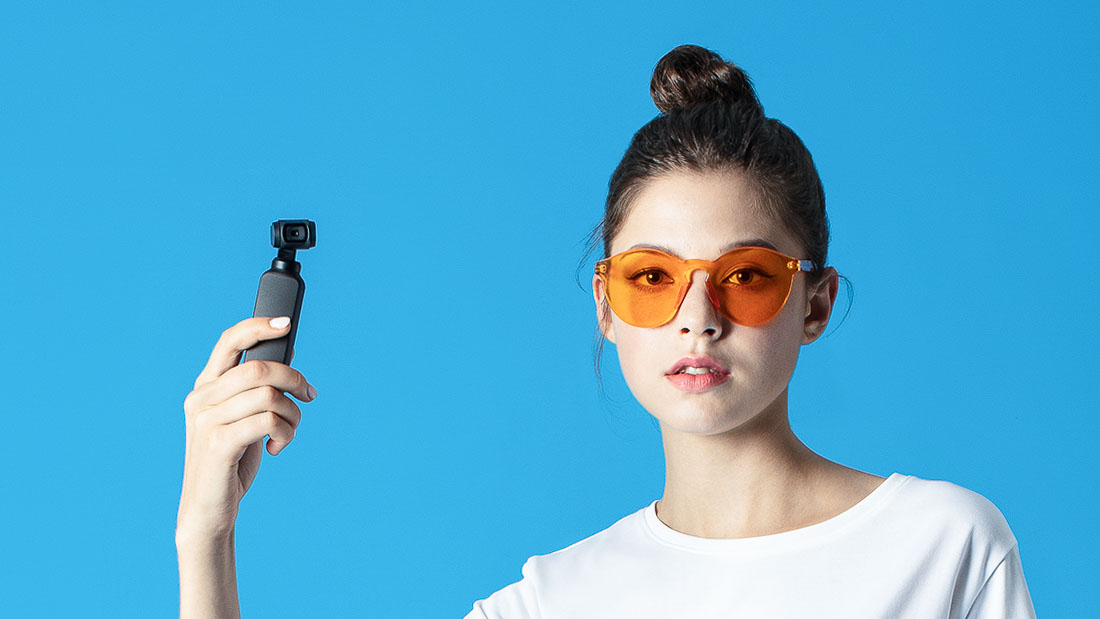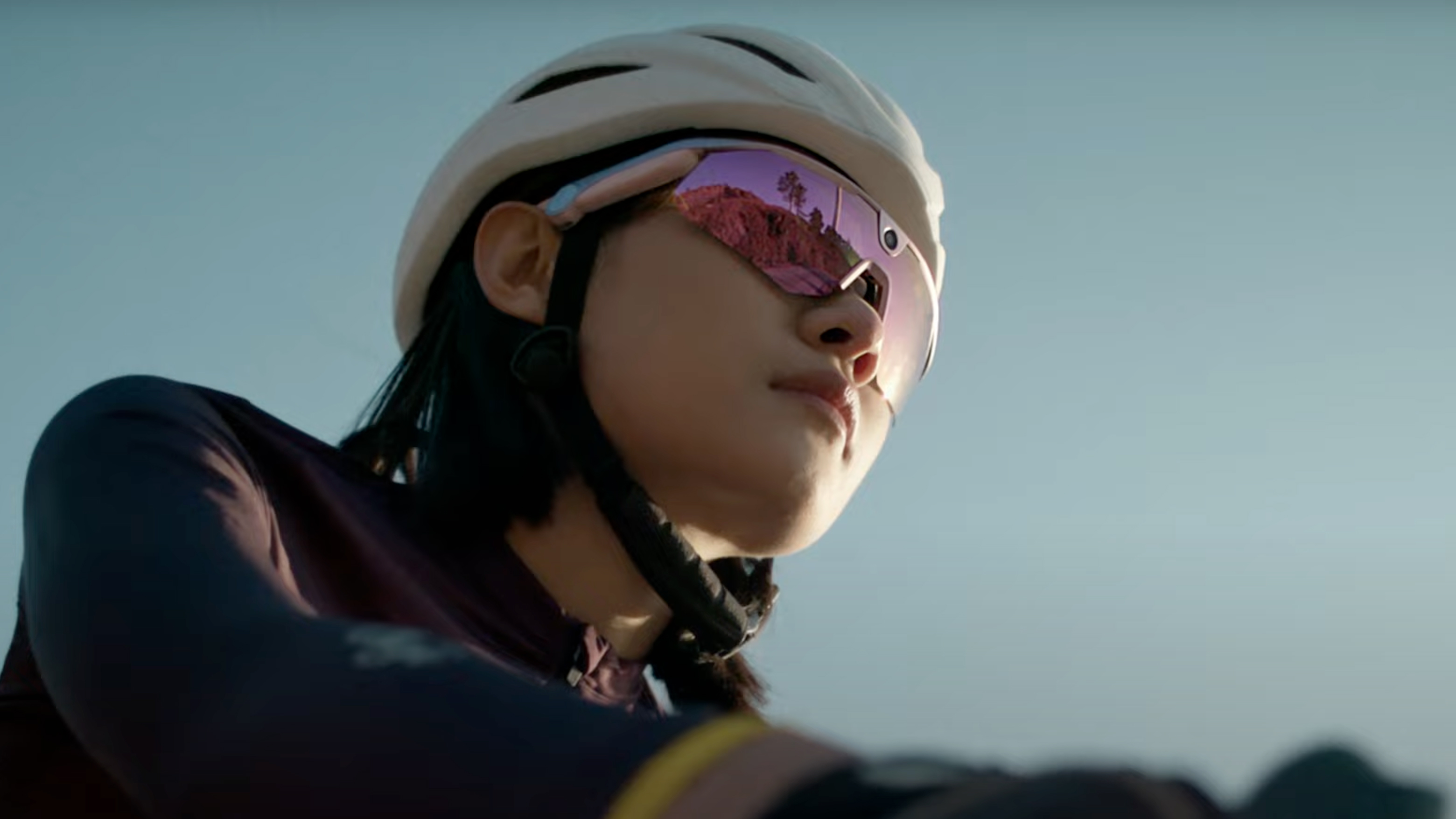Digital Camera World Verdict
A great product that combines an action camera with a built-in mechanical gimbal stabilizer. This device is not only unbelievably small - but also produces superb results. There are also optional accessories, including a 3.5mm mic adaptor, but we’re disappointed it’s not possible to use it to stream live.
Pros
- +
Really small
- +
Easier to set up than separate camera and gimbal
- +
Great 4K video results
Cons
- -
No live streaming
Why you can trust Digital Camera World
DJI is best known for its camera drones, but it also has the Osmo range of handheld gimbal stabilizers for land-based videography and photography with smartphones and cameras or all sizes. The DJI Osmo Pocket does something different, as it doesn't use your existing camera, it has its own action camera built in.
The Osmo Pocket combines a three-axis mechanical gimbal, with a 12MP camera built around a 1/2.3-inch sensor and a small touchscreen. That’s all contained within a unit that measures 121.9 x 28.6 x 36.9mm and weighs 116g. It fits nicely in the palm of your hand and is perfect for slipping into your pocket.
• The best DJI Osmo Pocket accessories
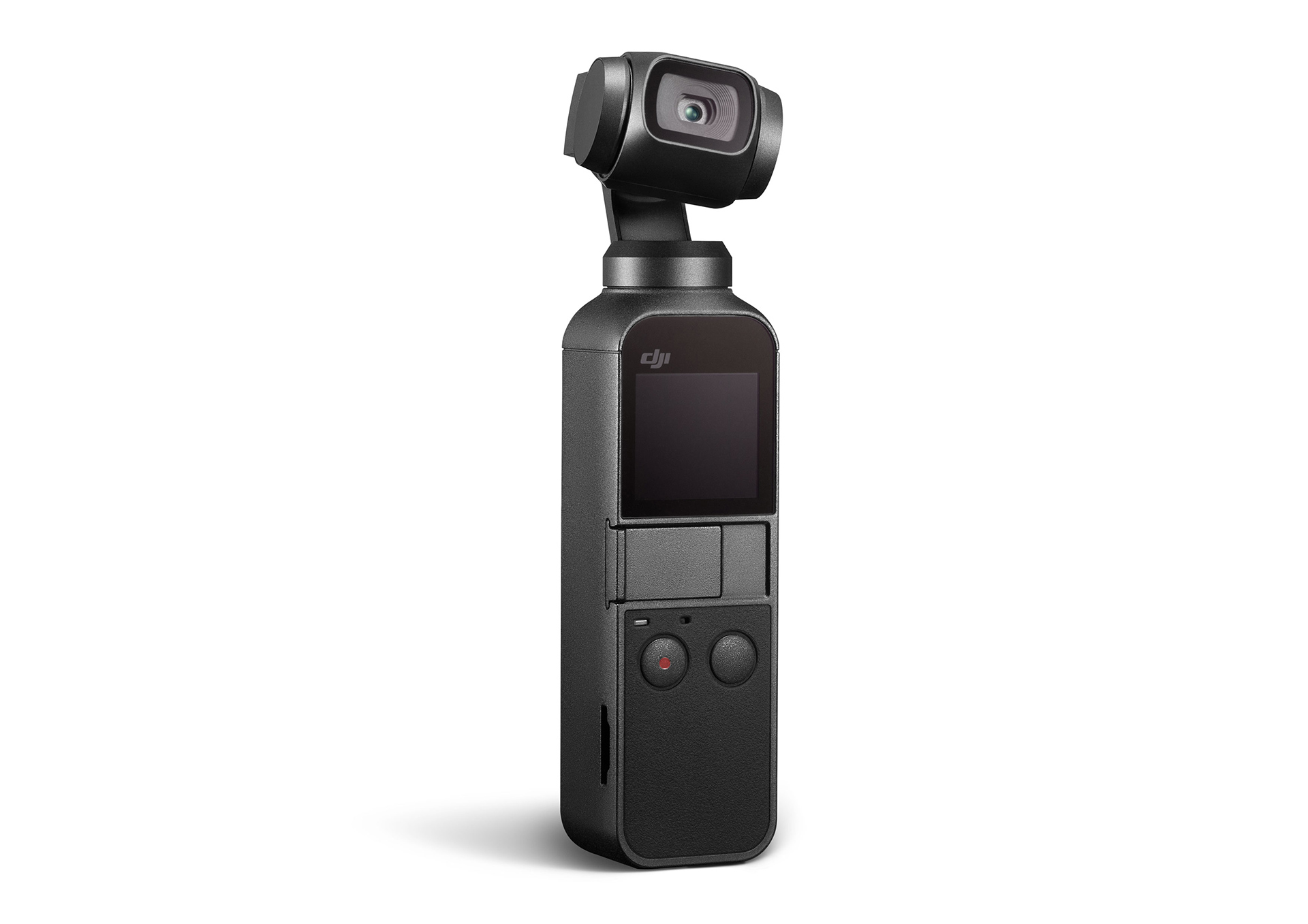
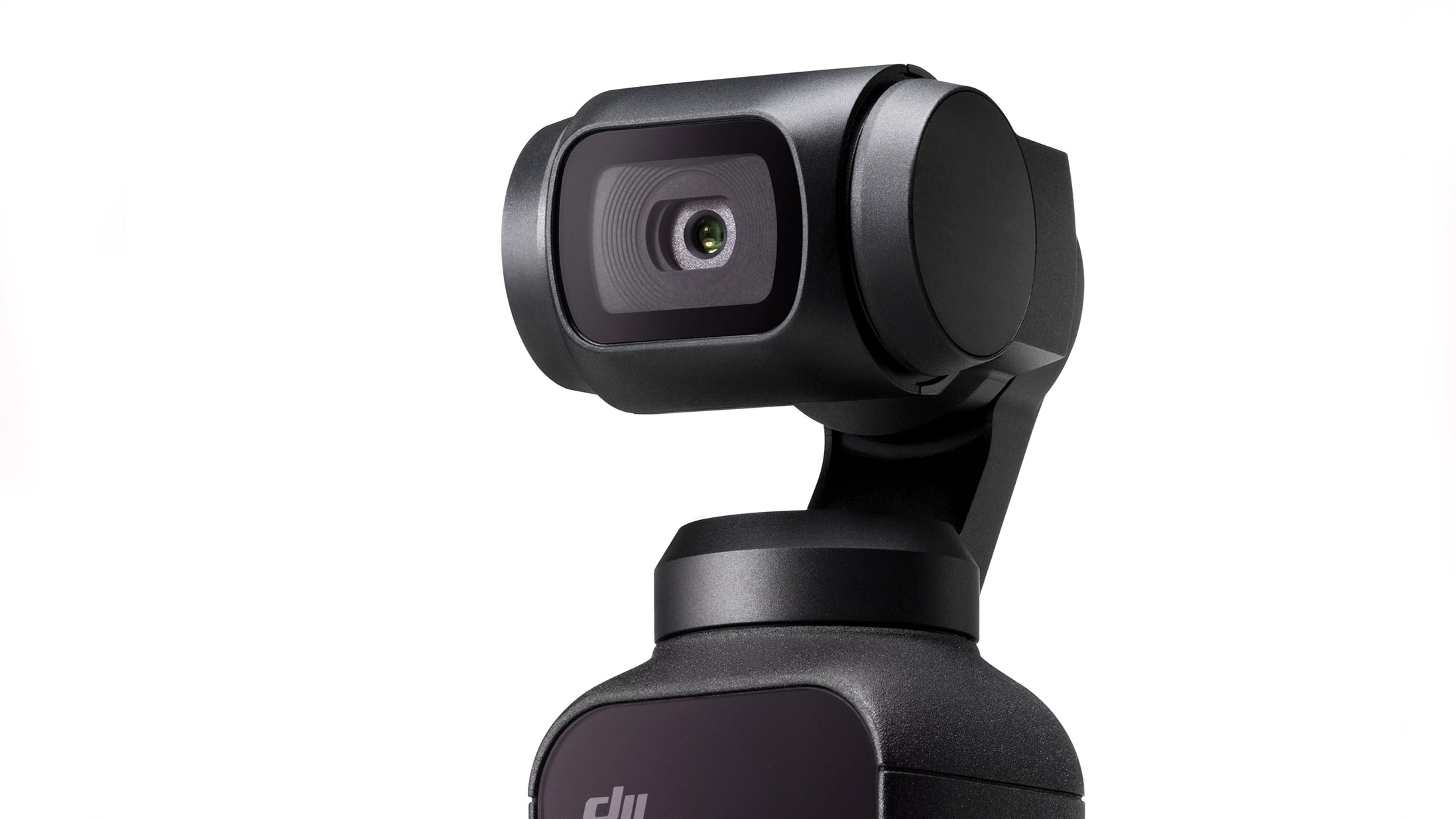
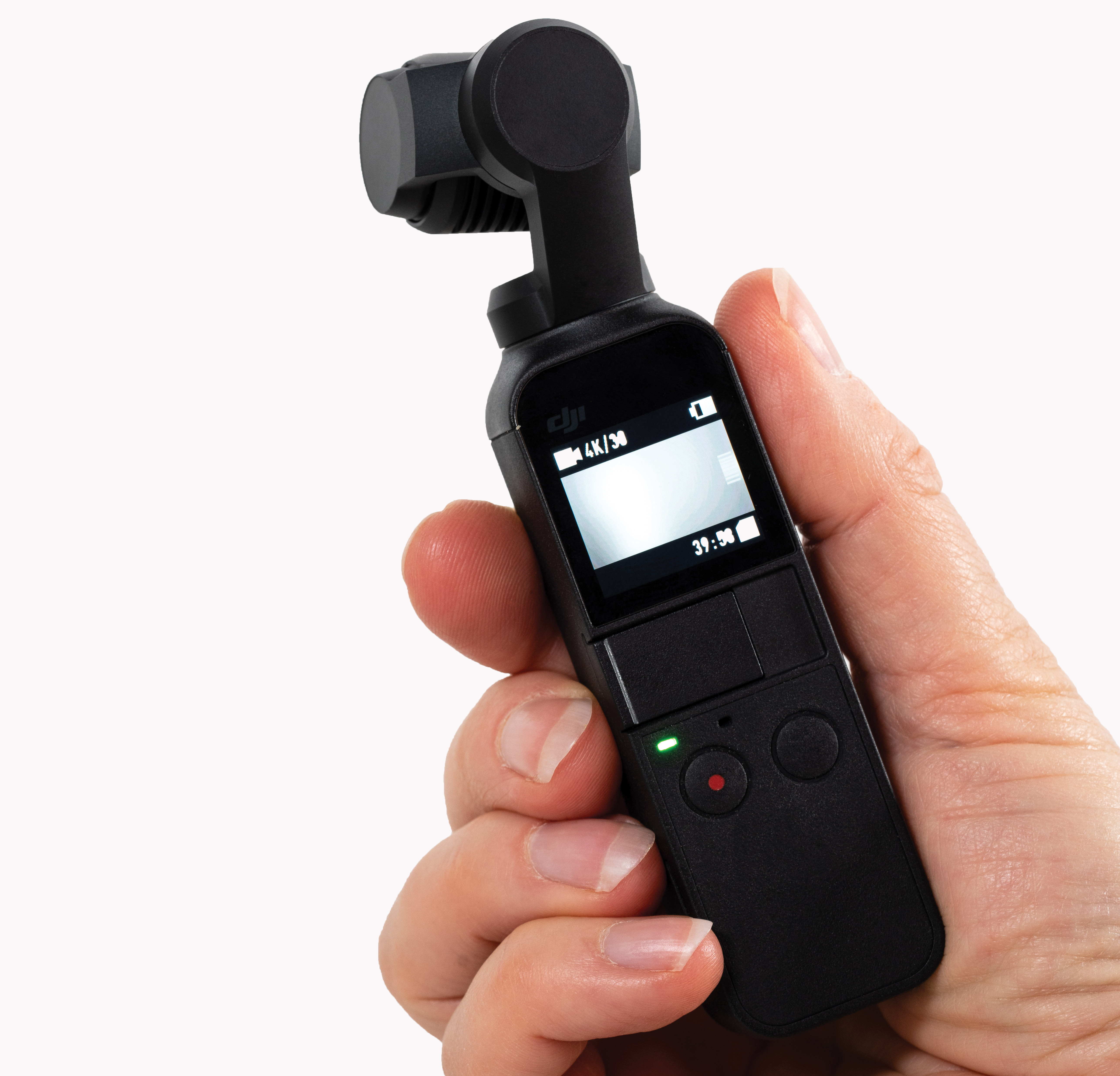
The camera has a focal length equivalent to 26mm, a field of view of 80 degrees and an f/2.0 aperture. It can shoot 4K (3,840 x 2,160) footage at 60fps and 100Mbps, Full HD footage can be recorded at up to 120p for slow-motion playback.
Although the Osmo Pocket can be used as a standalone device, DJI supplies both Lightning and USB-C connectors in the box. These enable an iPhone or Android smartphone to be connected directly and the camera and gimbal controlled via the free DJI Mimo app.
It also means you get a larger view of the scene you’re shooting. We found the connection to an iPhone 7 secure enough for all one-handed shooting, but some larger phones may require support from a second hand.
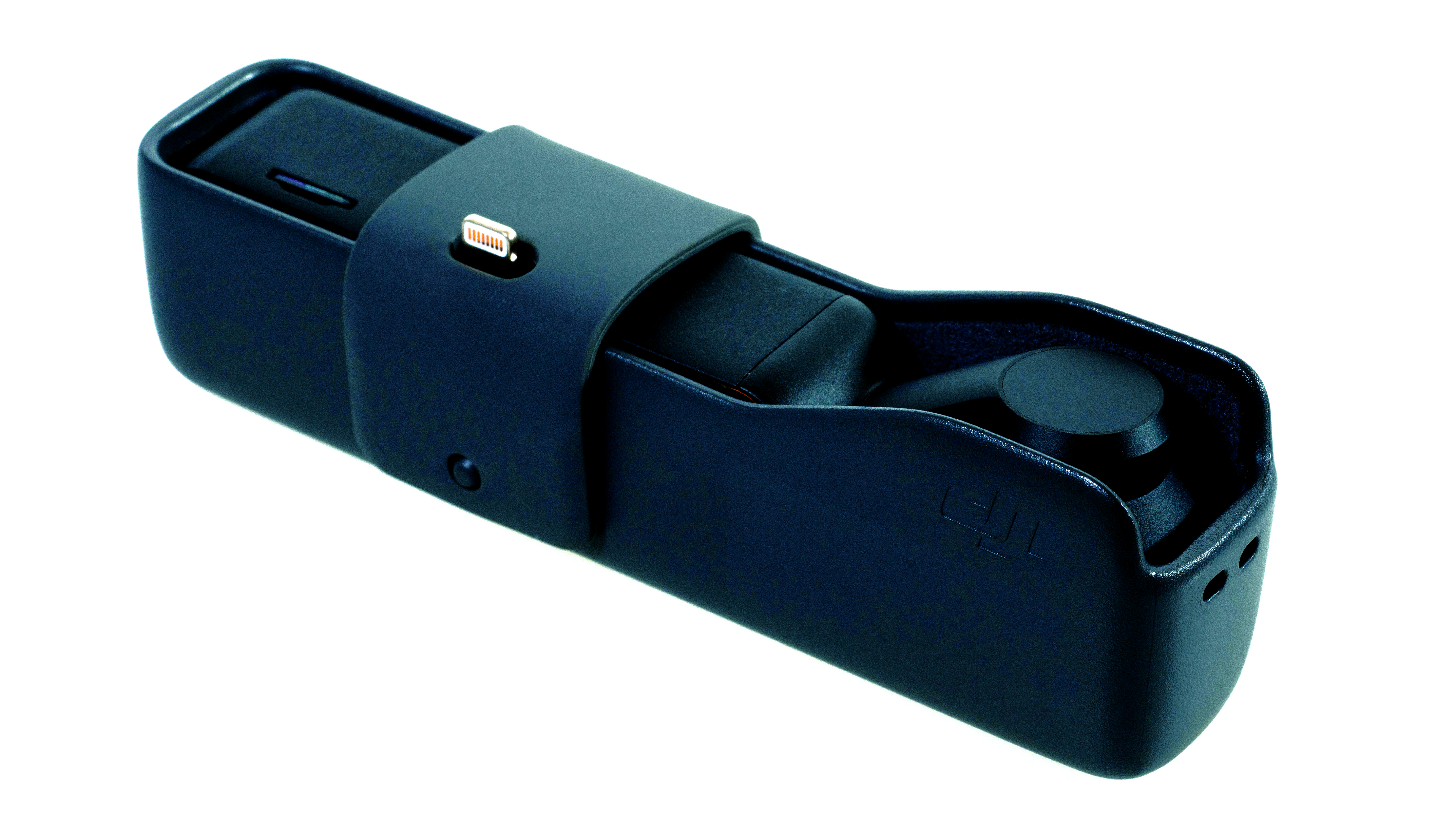
It doesn’t take long to find your way around the Pocket’s controls whether you’re using it via the smartphone app or its own touchscreen. There’s also a collection of helpful modes such as 180 or 3x3 Panorama, Timelapse, Motionlapse, Auto video and Slow Motion video.
DJI’s ActiveTrack is also on hand and it’s very useful for ensuring your subject is in the centre of the frame. If you’re using a phone you drag a box over your subject to select it; if you’re shooting with just the Pocket, simply tap on the subject on the screen. We mainly used the follow modes, but First-Person View (FPV) is useful when you want the camera to move with you, smoothing out shake and wobble.
The results are impressive, enabling you to capture smooth, high-quality video and sharp images.
Read more:
The best DJI Osmo Pocket accessories
The 10 best action cameras in 2020
The 24 best GoPro accessories
The best waterproof cameras
The best camcorders
Angela has been testing camera gear from all the major manufacturers since January 2004 and has been Amateur Photographer’s Technical Editor and Head of Testing for Future Publishing’s photography portfolio (Digital Camera Magazine, PhotoPlus: The Canon Magazine, N-Photo, Practical Photoshop, Photography Week and Professional Photography magazines, as well as the Digital Camera World and TechRadar websites). She is the founder of SheClicks - a community group that encourages and supports female photographers.
